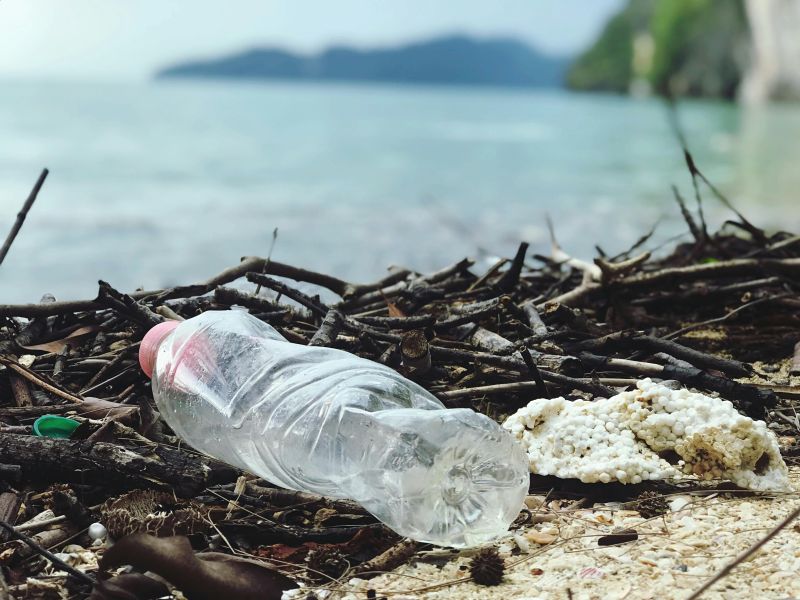The Invisible Plastic Crisis We're All Facing
Will Loiseau
5/21/20252 min read


We've all heard about plastic pollution in our oceans and landfills, but there's a more insidious threat quietly accumulating within our own bodies: microplastics.
What you need to know:
Plastic is so durable and difficult to break down that it’s practically impossible for it to degrade in the natural environment. No organism can naturally break down the chemical bonds in plastic, so every plastic item (that isn’t properly recycled or disposed) continuously breaks into smaller and smaller pieces (e.g., through exposure to wave action, wind abrasion, and ultraviolet radiation from sunlight). These tiny pieces are called microplastics and nanoplastics.
Microplastics (pieces less than 5 millimeters long) and nanoplastics (pieces less than 1 micrometer long) have been found literally everywhere - from Mount Everest to the Mariana Trench, and yes, inside us.
They're entering our bodies through multiple pathways: the air we breathe, water we drink, food we eat, and possibly even through our skin. This buildup of microplastics directly contributes to the body's toxic burden, which can hinder function and accelerate aging.
While some particles are excreted, others can enter our bloodstream and migrate to organs like our liver and brain.
Research links these particles to reproductive harm, lung and gut dysfunction, increased cancer risks, and immune system suppression.
Even our most "practical" solutions (avoiding or cutting back on plastic bottles and storing food in plastic, using air purifiers, dusting and vacuuming regularly) can only do so much in a world saturated with plastics.
Here's what few people realize: The microplastics crisis isn't just about pollution or even health, it's fundamentally a time-compression problem. We've compressed the production and disposal of materials (that would naturally take centuries to degrade) into mere minutes of use, while simultaneously expanding their persistence in our environment for hundreds of years. Every plastic water bottle shows this weird relationship with time, where using it for seconds creates pollution that lasts for centuries.
The real fix isn't just better recycling, making biodegradable plastics, or regulating and reducing nonessential plastics. It's also about changing how we think about materials and time. We need to create systems where a product's usefulness lasts about as long as it takes for it to disappear from the environment.
We're still learning the long-term consequences, but it’s clear we are full of plastic.
Start Your Transformative Journey Today
© 2026 True Iron Will LLC. All Rights Reserved .
Mailing Address:
1317 Edgewater Drive #1297
Orlando, FL 32804
TrueIronWill1@gmail.com
